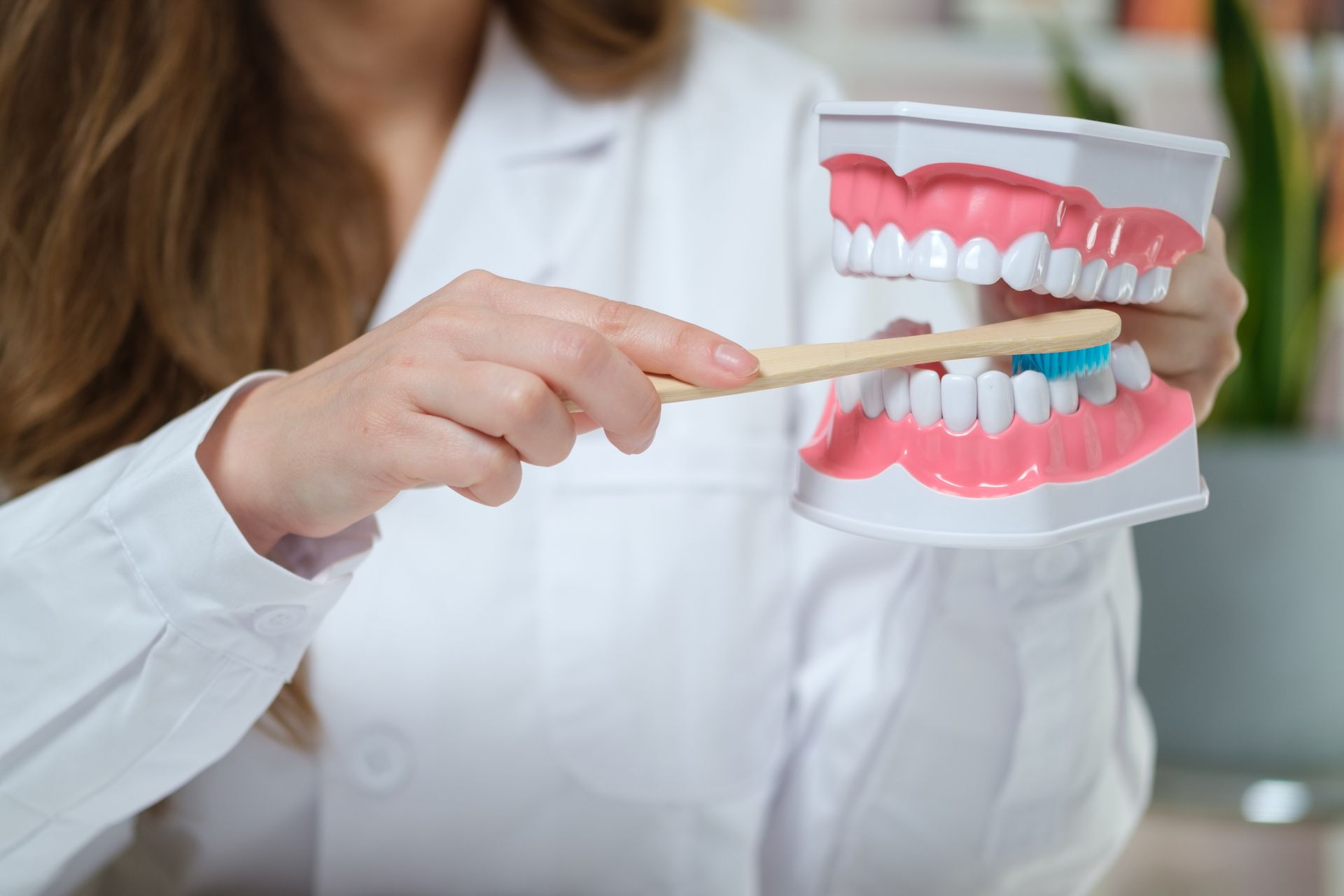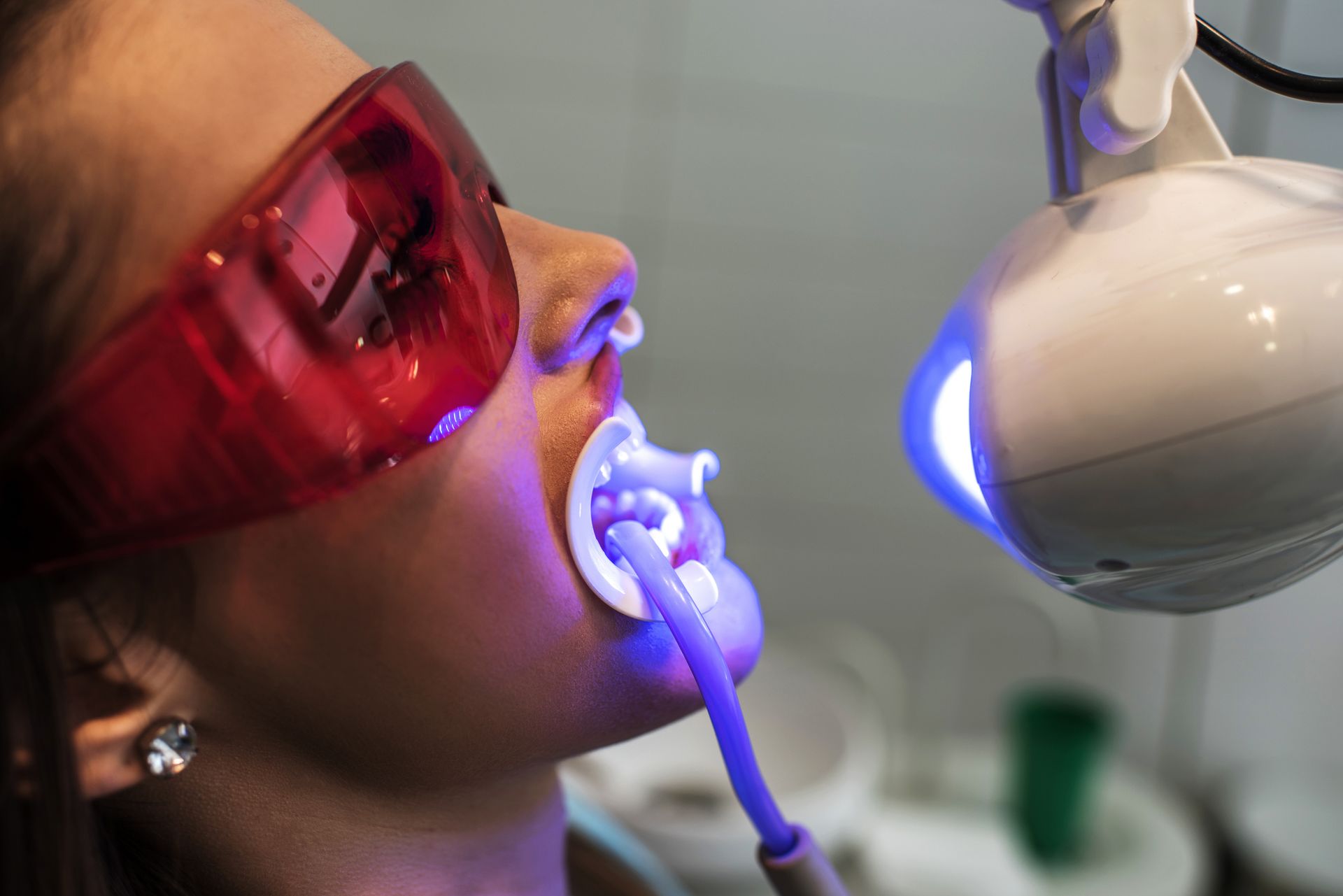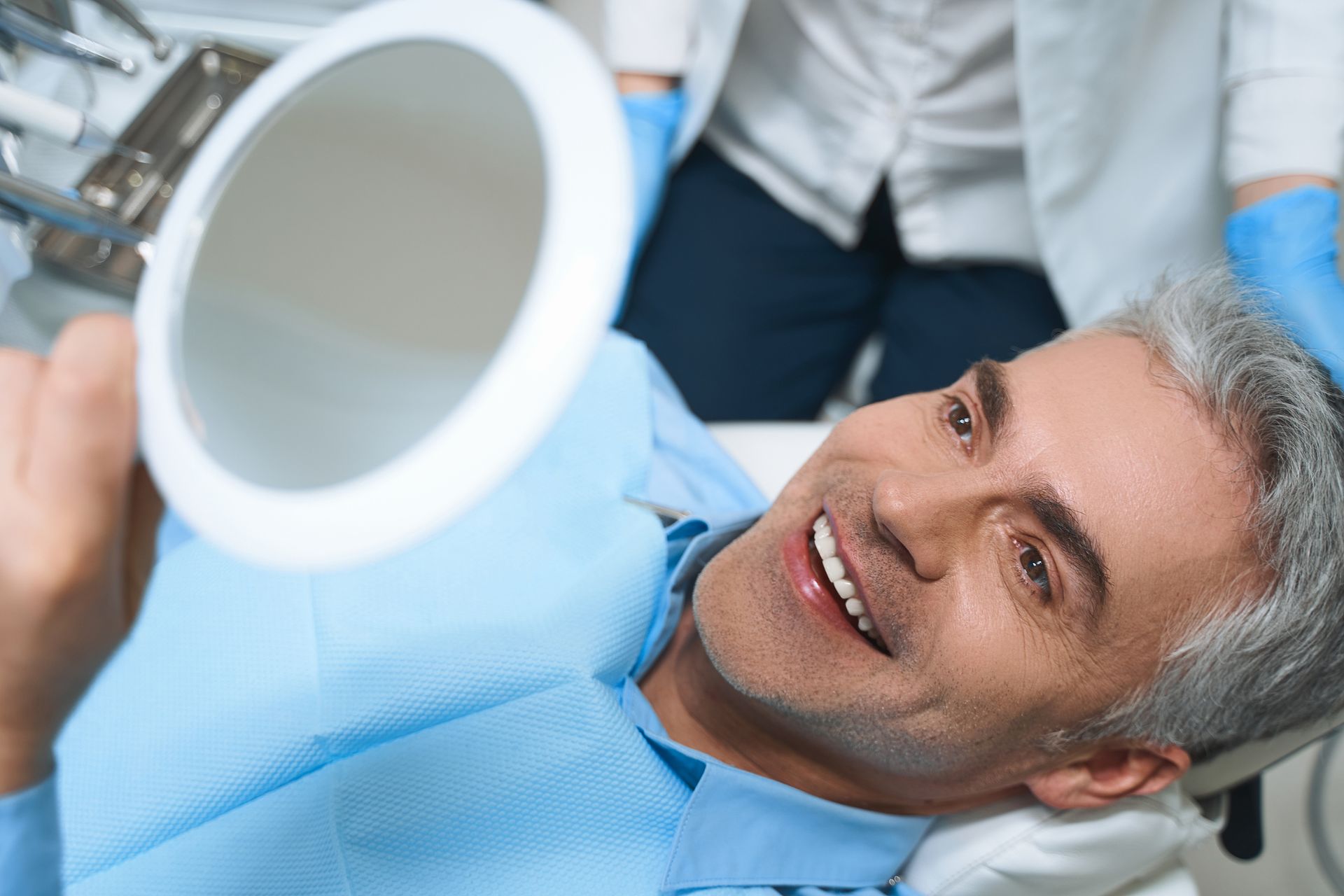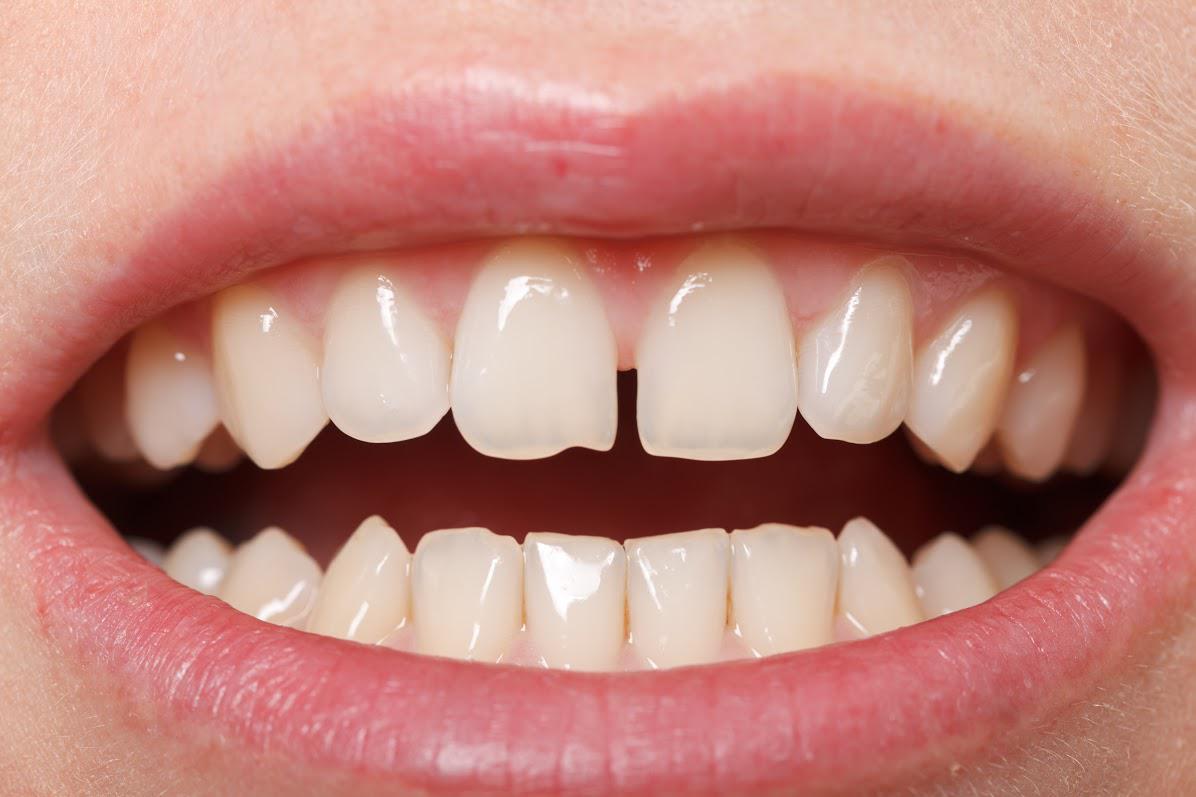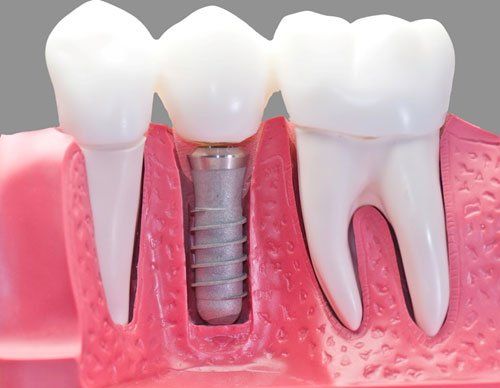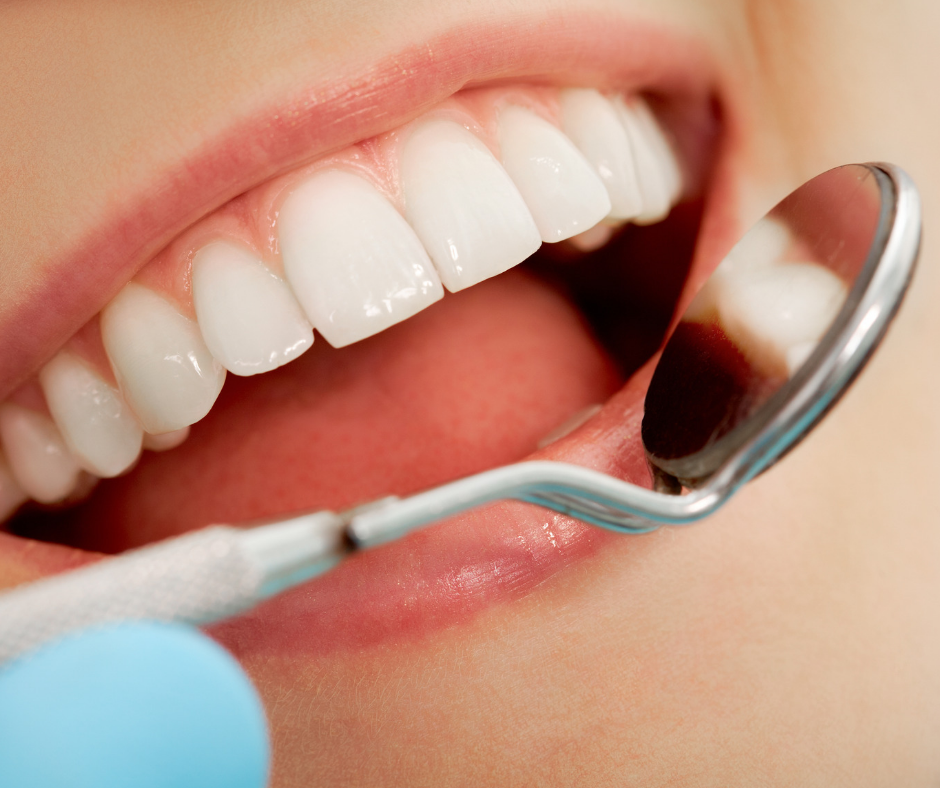The Best Tools to Tackle Gum Disease
Believe it or not, millions of adults in the U.S. have periodontitis, or gum disease. Some people think that gum disease just causes your gums to bleed while brushing or flossing; you may be surprised to learn just how much trouble this issue can cause.
The bacteria that cause gum disease can spread throughout your body and cause plaque to build up in your heart's circulatory system. Besides increasing the likelihood of heart issues, gum disease has been correlated with tooth loss, cancer, diabetes, and pregnancy complications.
Along with your trusty toothbrush, here are some disease-eradicating tools to put in your hygiene toolbox.
Water Picks
Water picks, or oral irrigators, are ultrasonic devices that blast streams of water. You can use a water pick to loosen plaque from your teeth. If you have gum disease, it's ideal to use a water flush debris below your gumline.
Water picks aren't a replacement from flossing, but if your gums are too sensitive or swollen at the moment, they can be a temporary remedy until you've healed.
Gum Massagers
When you’re injured or sore, one of the best modalities to heal properly is massage therapy. It may sound odd, but this same therapy can be applied to your gums. Some gum massagers actually exist on the market that you can purchase – with the go-ahead of your dentist, of course.
These tools have a soft rubber tip that can break up and remove debris from gum pockets. As a person develops gum disease, his or her gums tend to pull away from the tooth roots, thus forming gum pockets. While healthy gums adhere snuggly to teeth, gum pockets tend to fill up with bacteria.
Gum massagers can also be used to clean bacteria between teeth. These tools are safer than toothpicks since they don't pierce or tear gingival tissues.
Gum massage increases the blood flow. When you massage the tissue, circulation improves, meaning that your gums will be able to remove metabolic waste and heal more speedily. If your lymph nodes are swollen in your face, you may actually notice them getting smaller since massage can move along sluggish lymph fluid.
Mouth Rinses
A common complaint of gum disease is bad breath. Mouth rinses are fantastic at eradicating bad breath. Some patients get mouth rinse over the counter, but your dentist can also prescribe therapeutic mouth rinses. These prescription mouth rinses are stronger and often have chlorhexidine and essential oils to control plaque and reduce swollen gums.
Regularly Scheduled Cleanings
Whether you have severe or mild gum disease, remember to see a dentist regularly. Dentists give you the most important tool: preventative care. Here are two kinds of cleanings to consider for gum disease.
Dental Prophylaxis
Dental prophylaxis is arguably the most common procedure out there and typically done during annual or semi-annual visits. Besides checking for cavities, a dental hygienist will measure your gum pockets during these cleanings. If your gum pockets are three millimeters or less, your gum tissue is likely in good shape. If you have gum pockets that are deeper, ask your dentist about scaling and root planing.
Scaling and Root Planing
Scaling and root planing is also known as deep dental cleaning. Instead of just cleaning your teeth, the dentist will clean your gum pockets and below the gum line. This procedure usually takes at least two appointments so that the dentist can make sure all of the tissue is adequately cleaned.
During a deep cleaning, your dentist will apply a local anesthetic so you shouldn't feel pain. You may be a little sore afterward, but your gum tissue will be in much better shape.
Don't let your gum disease get out of control; use all of these tools for healthier gums. Contact Gregory S. Rutherford, DDS, PA, for an appointment today or for more information on correcting gum disease.


